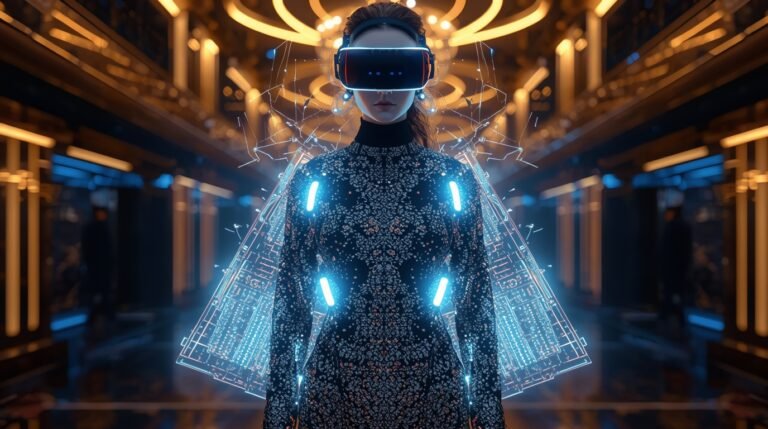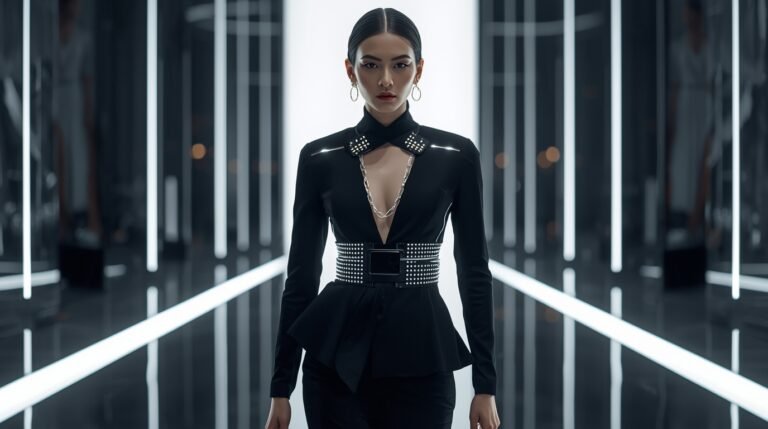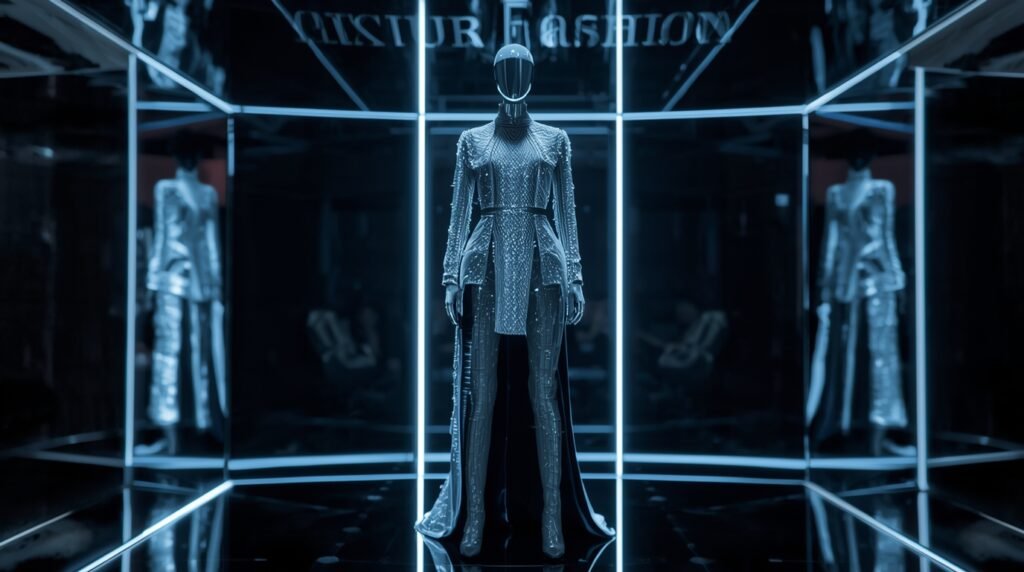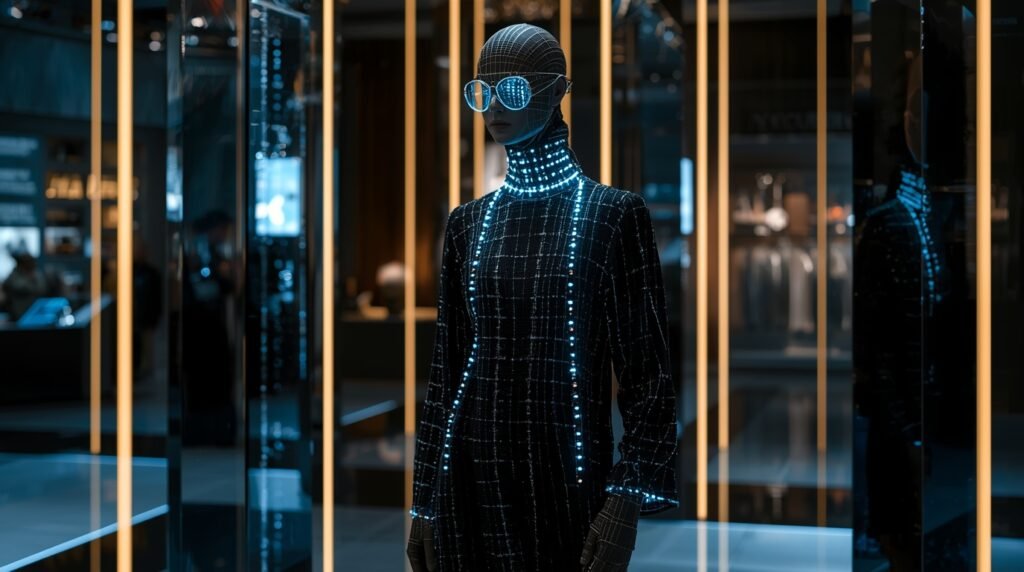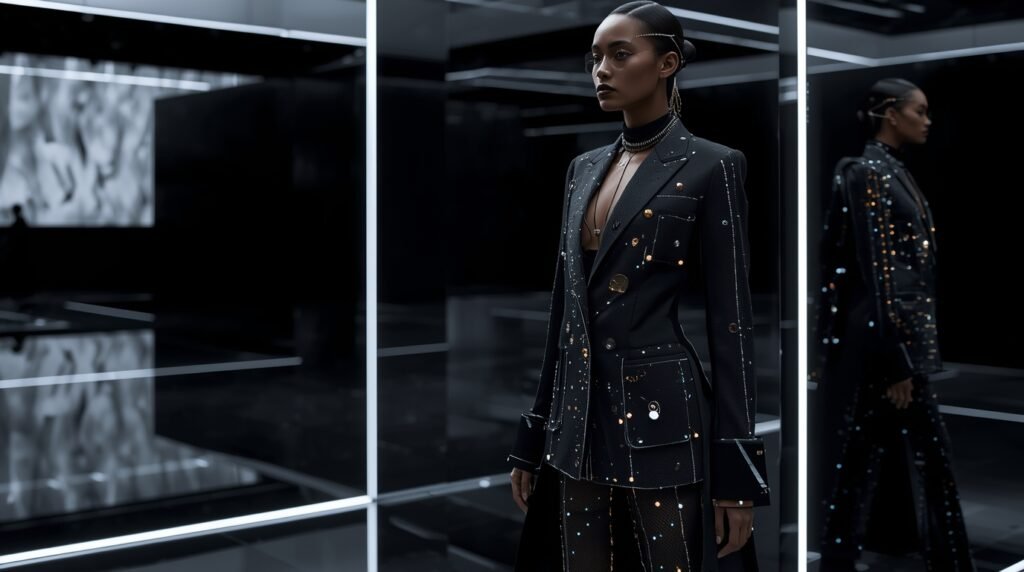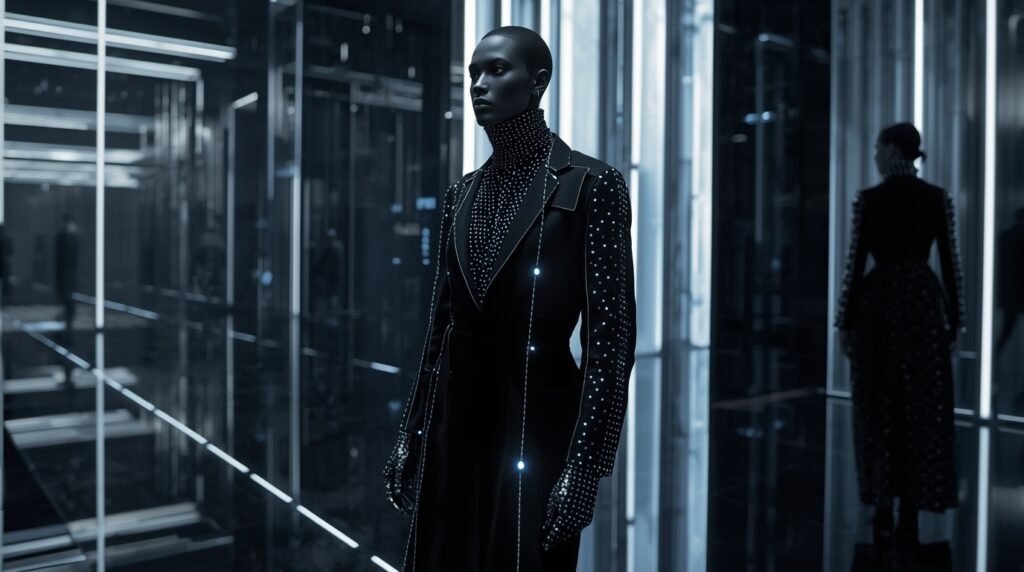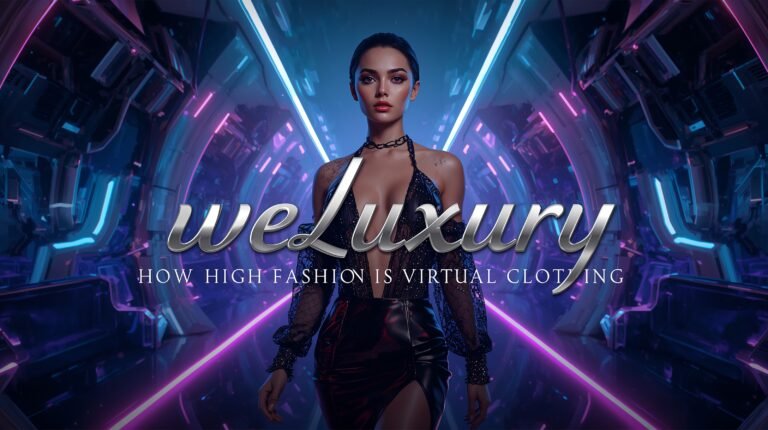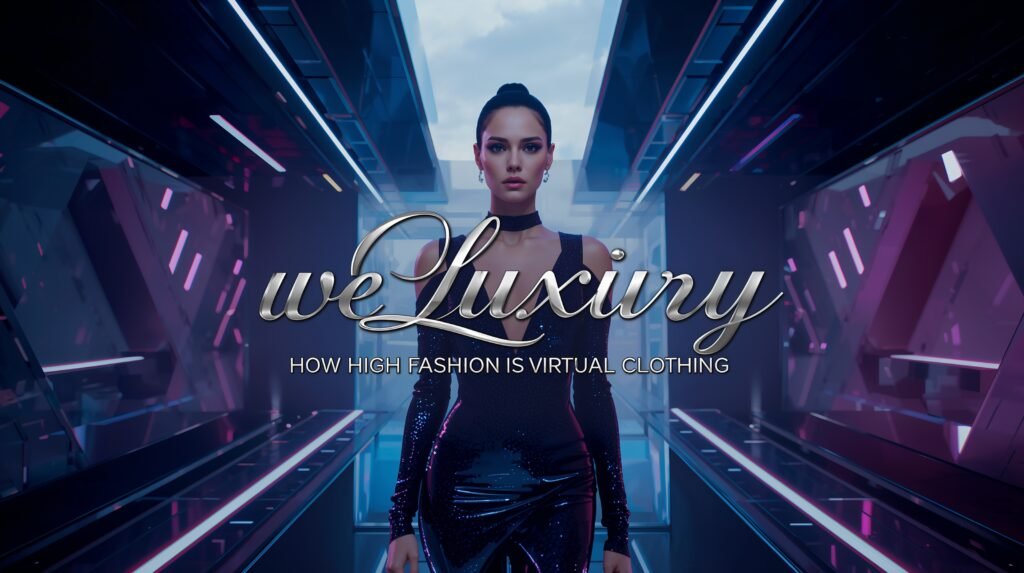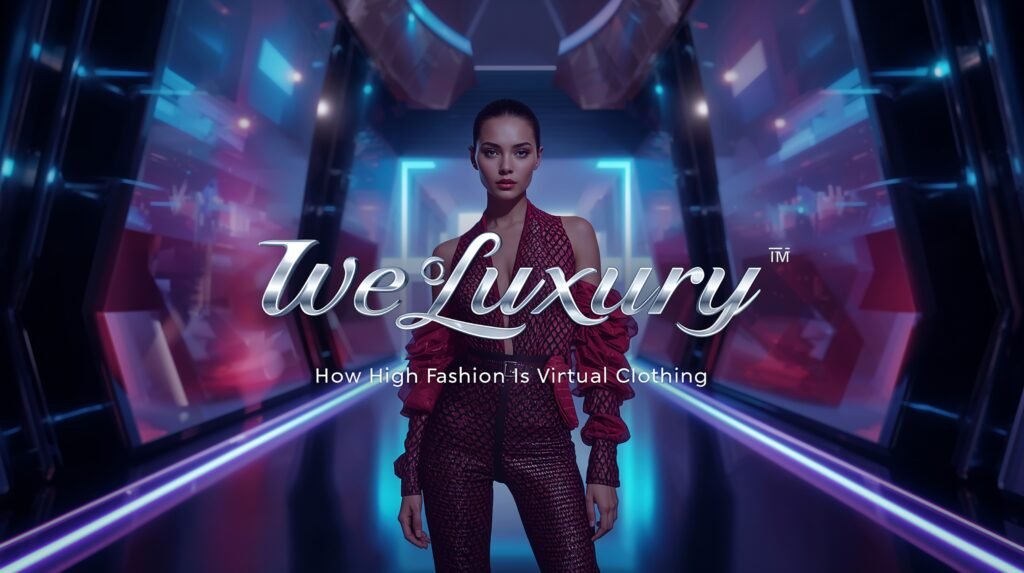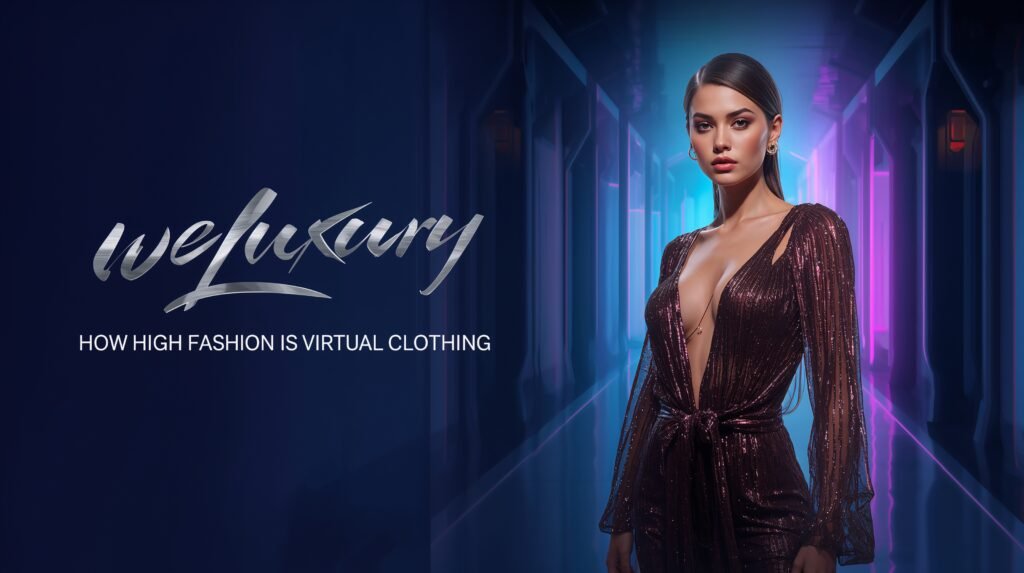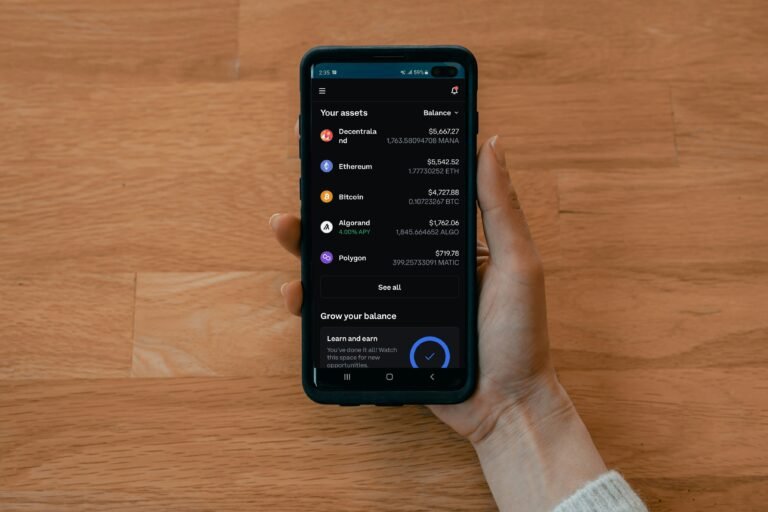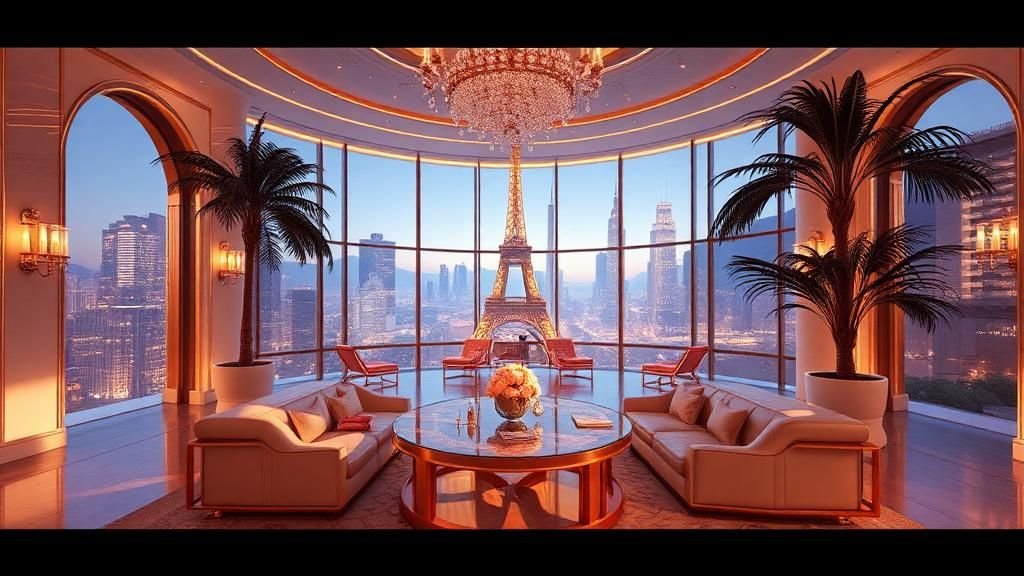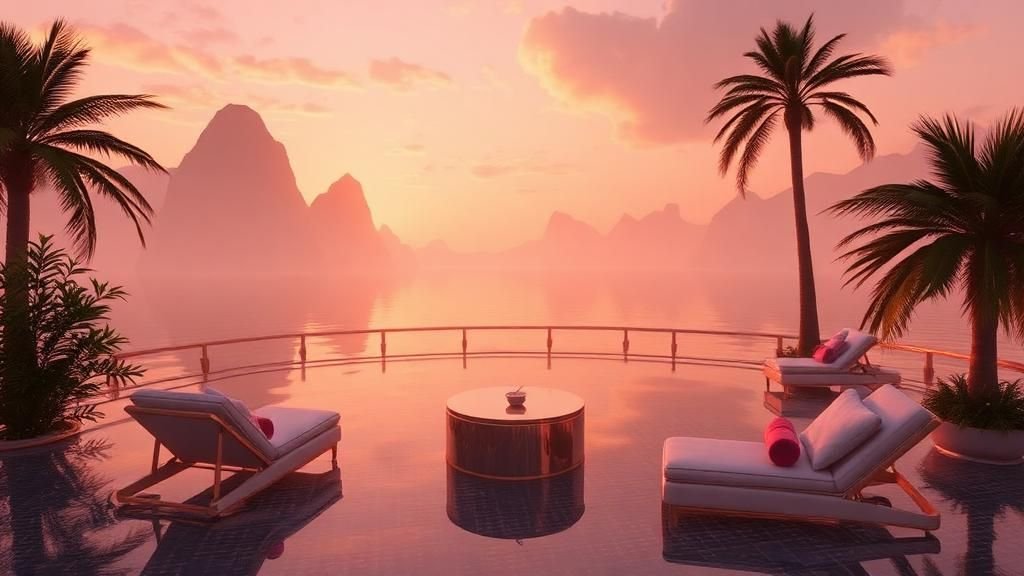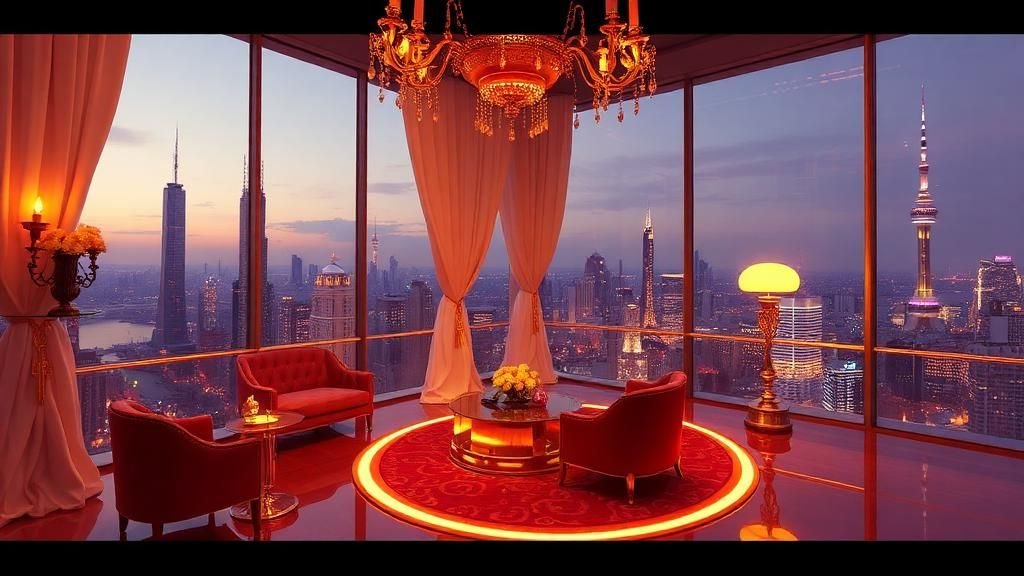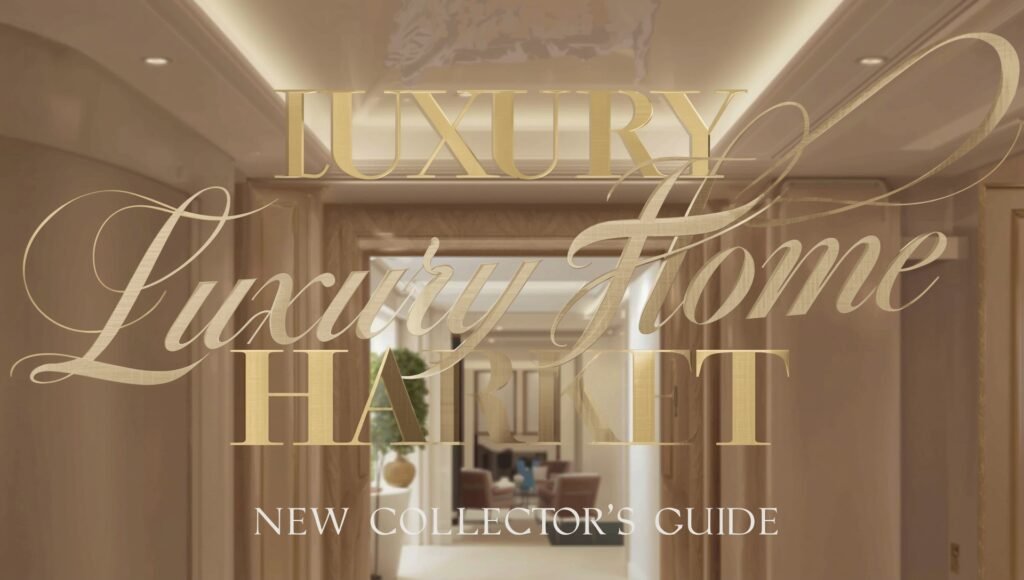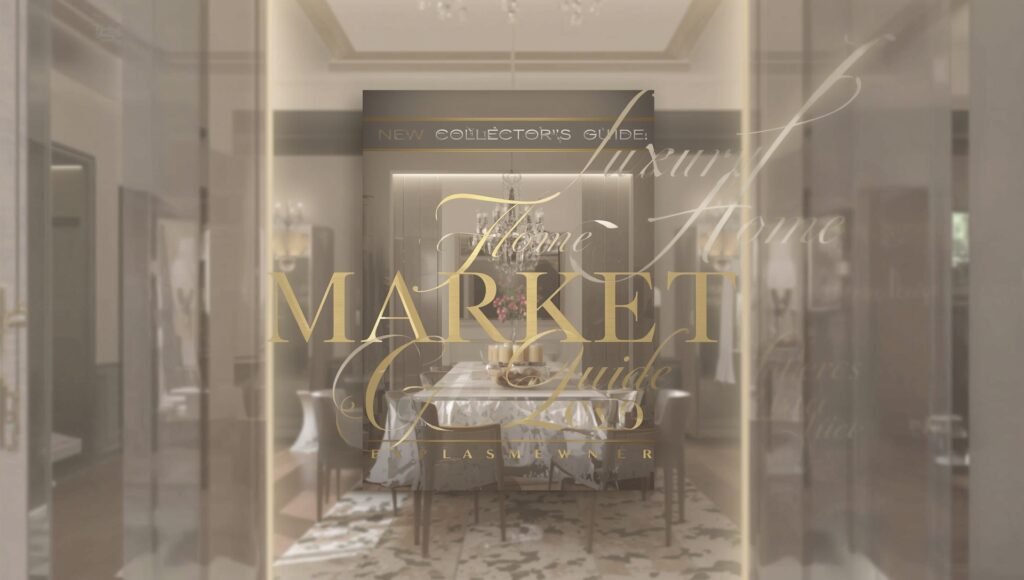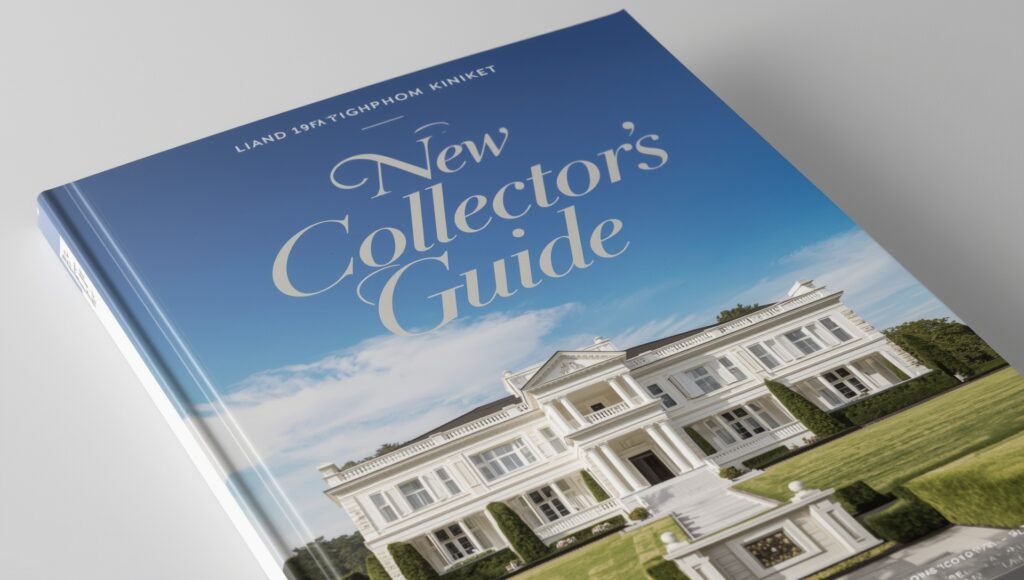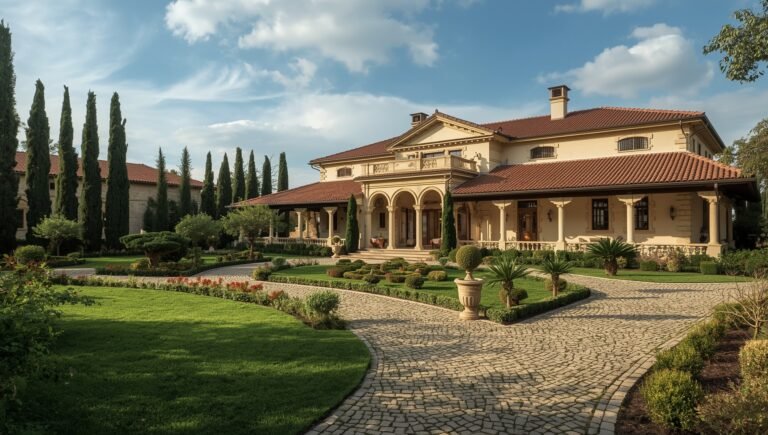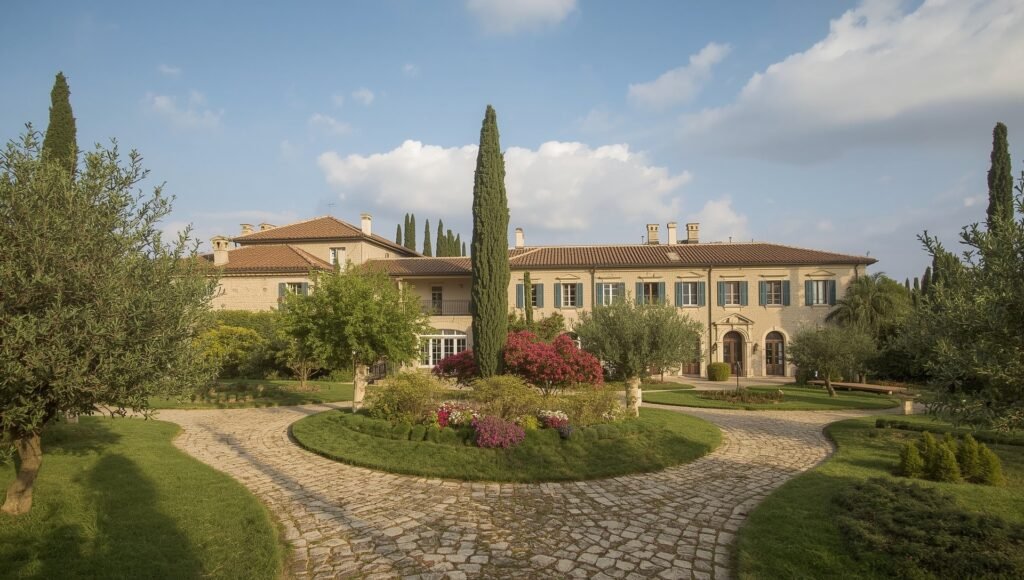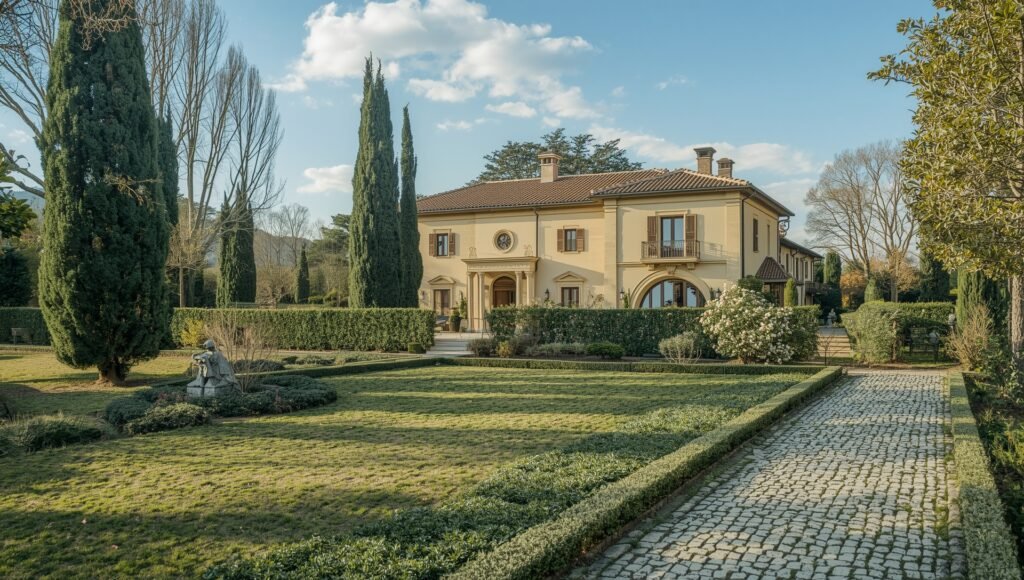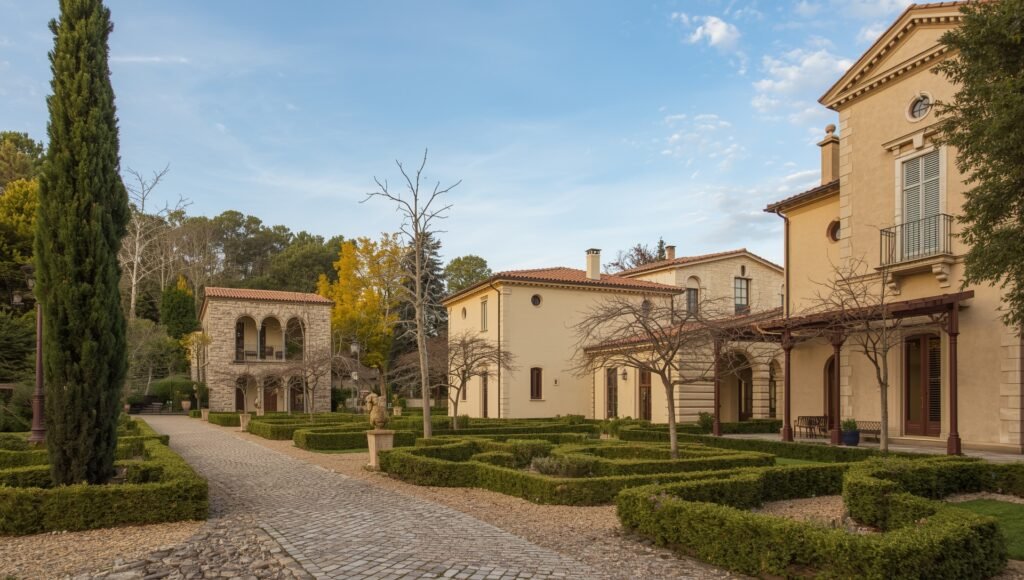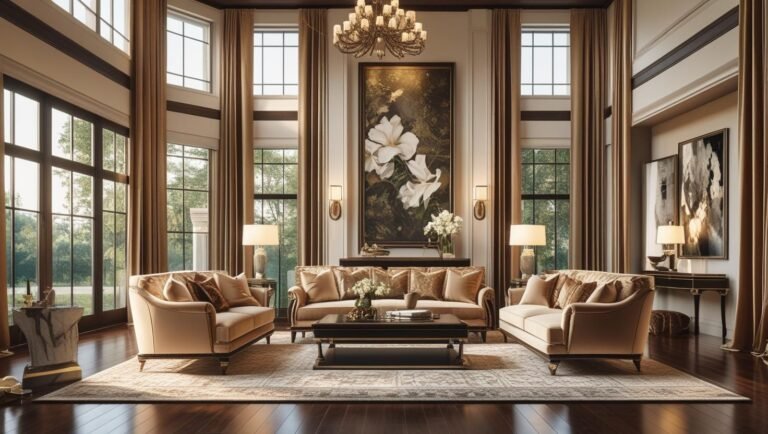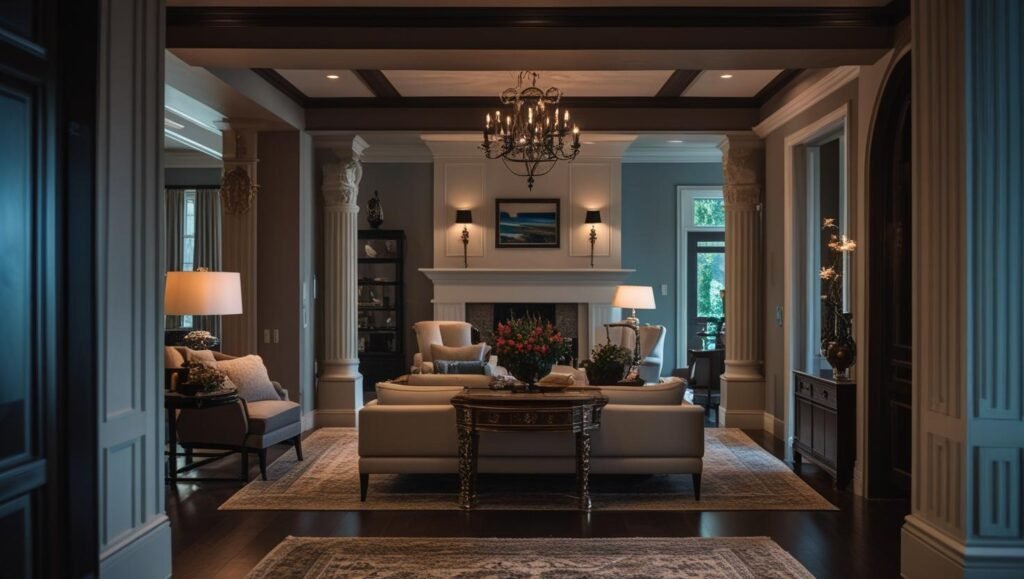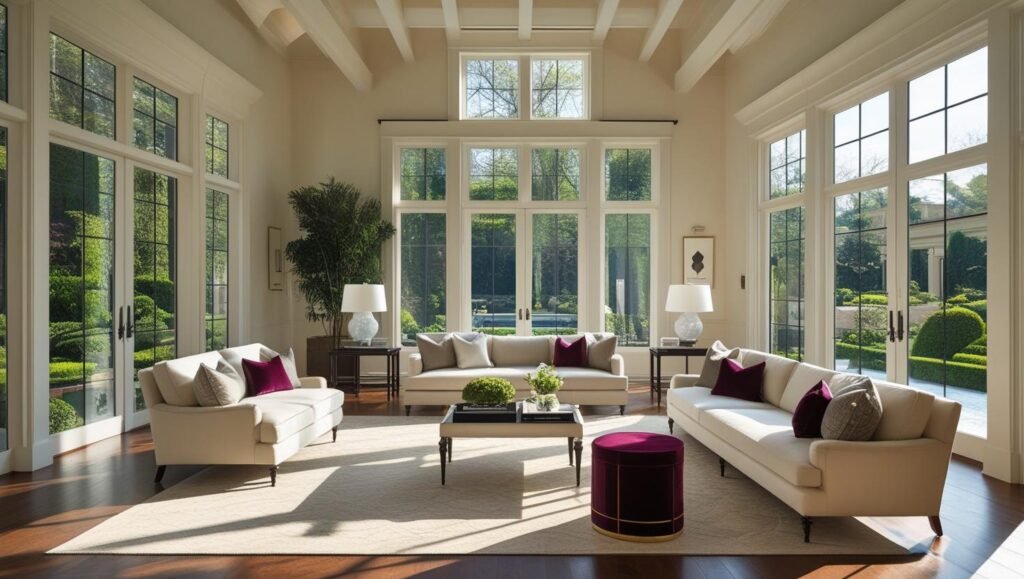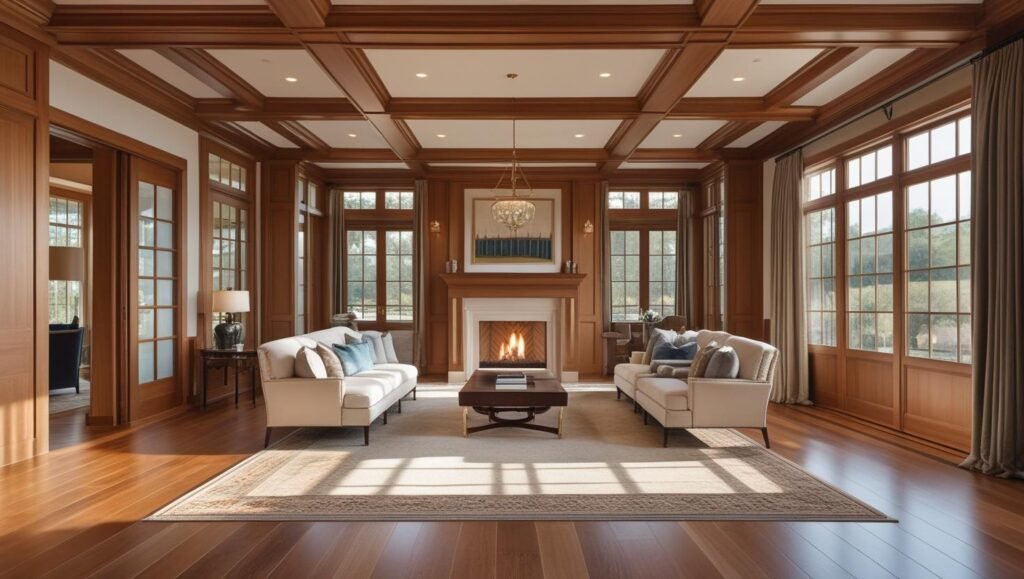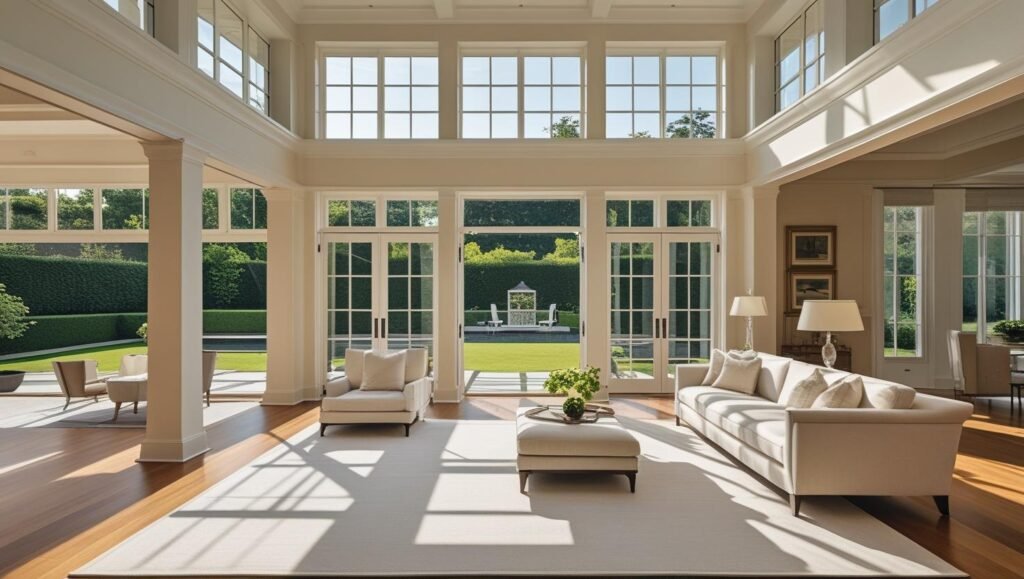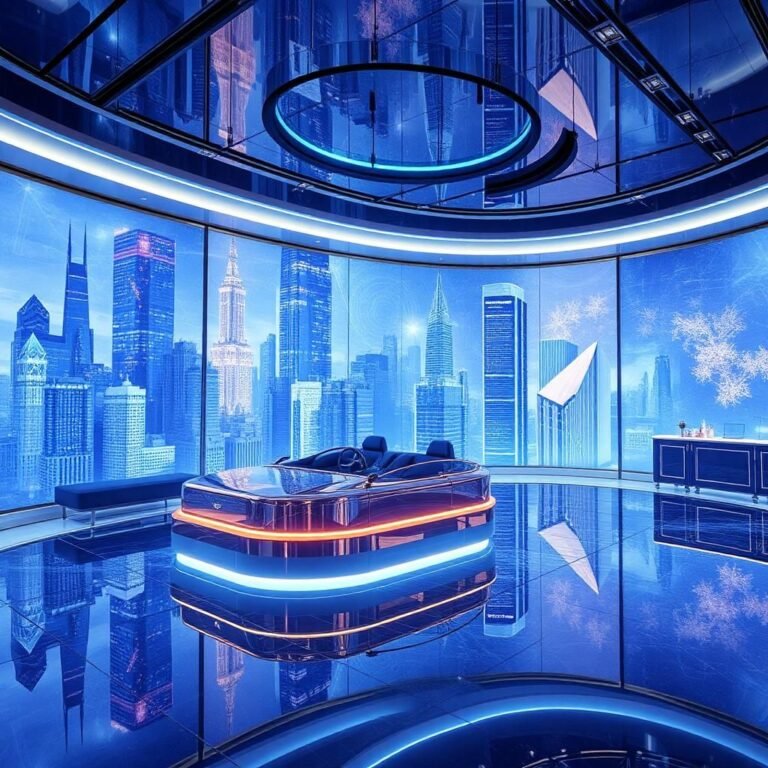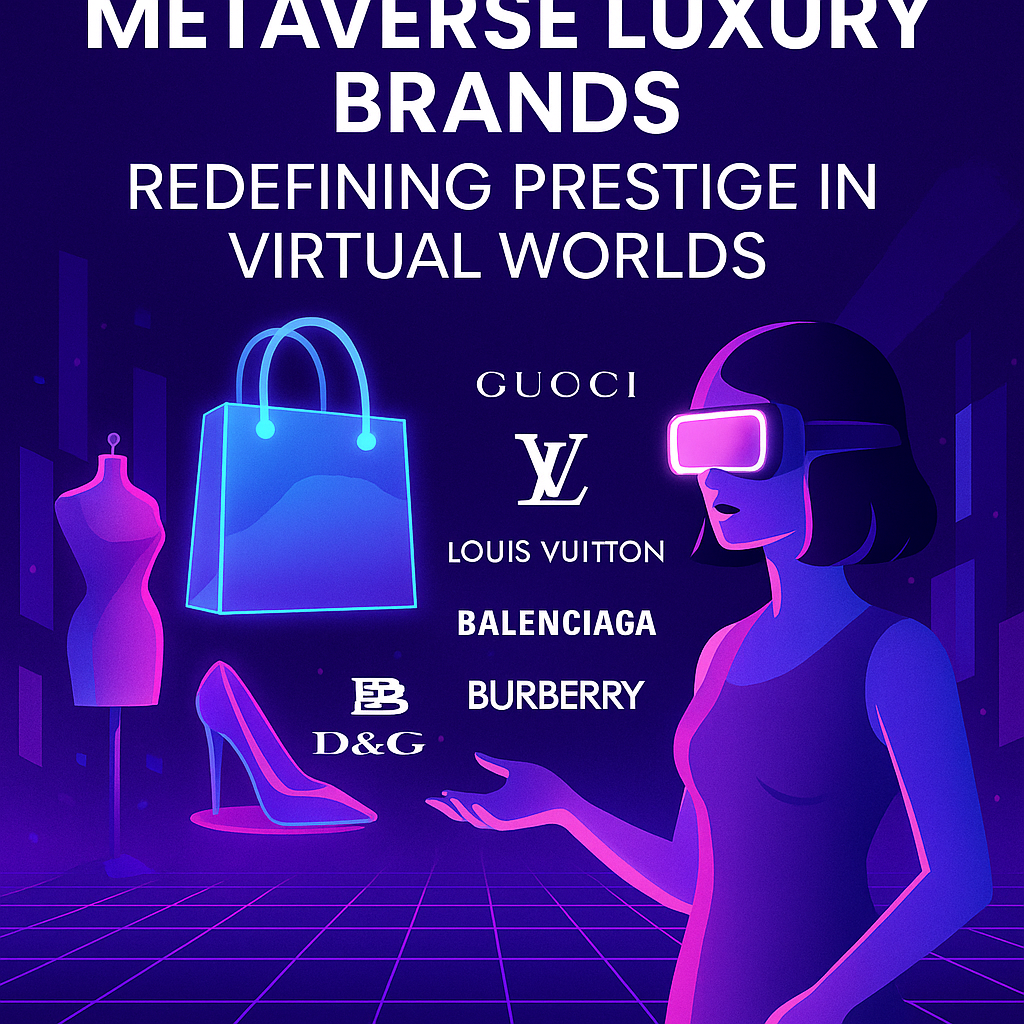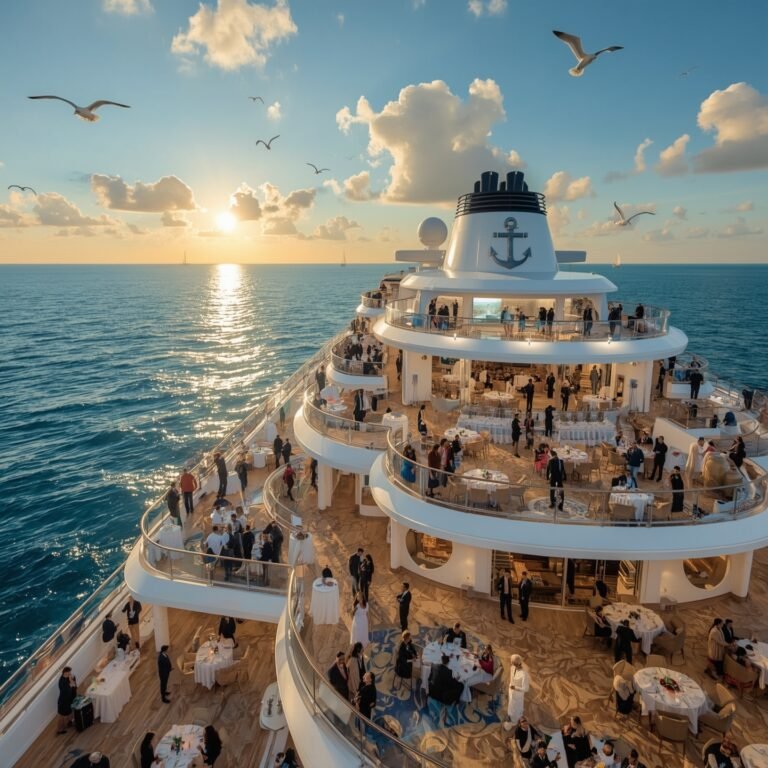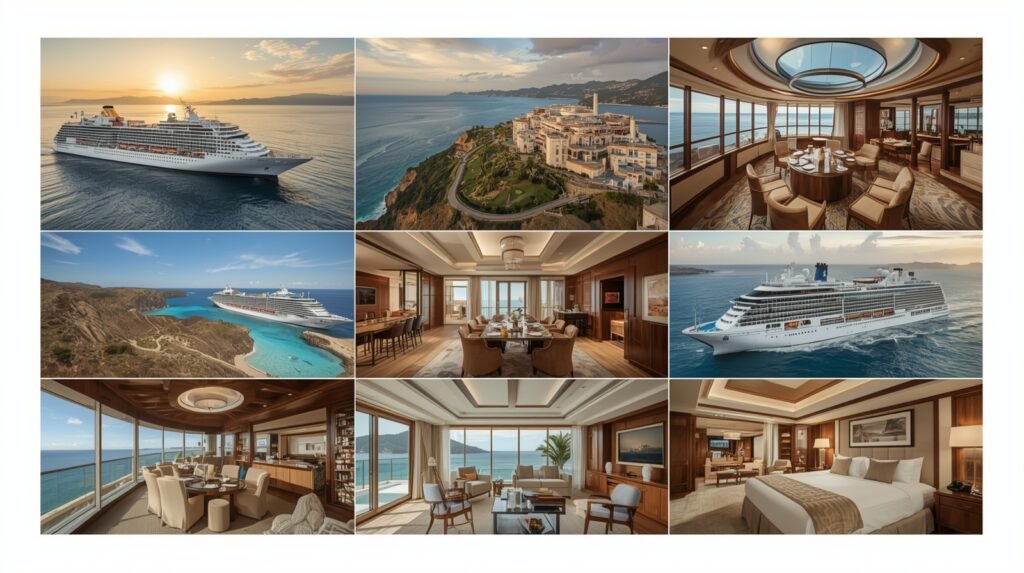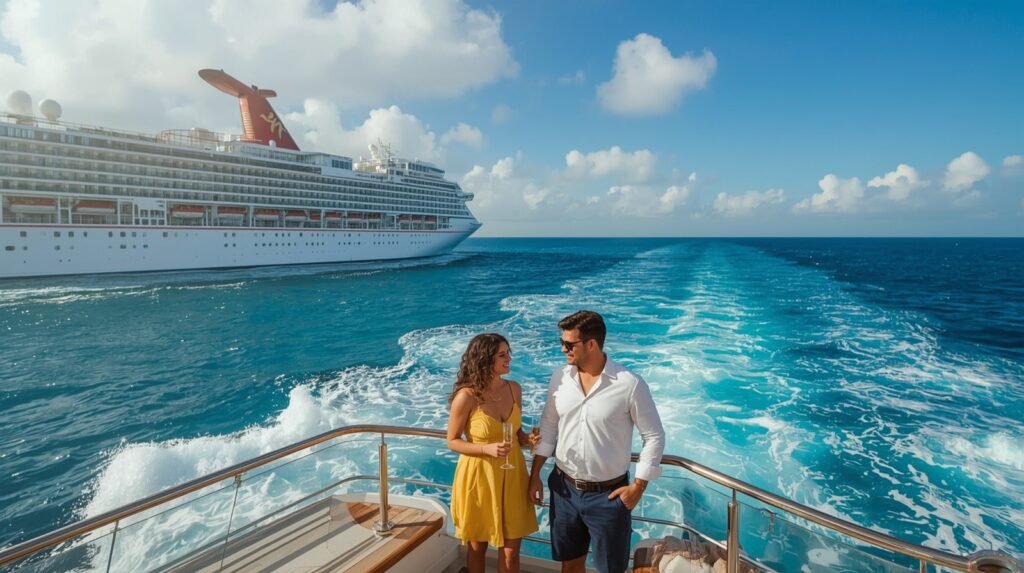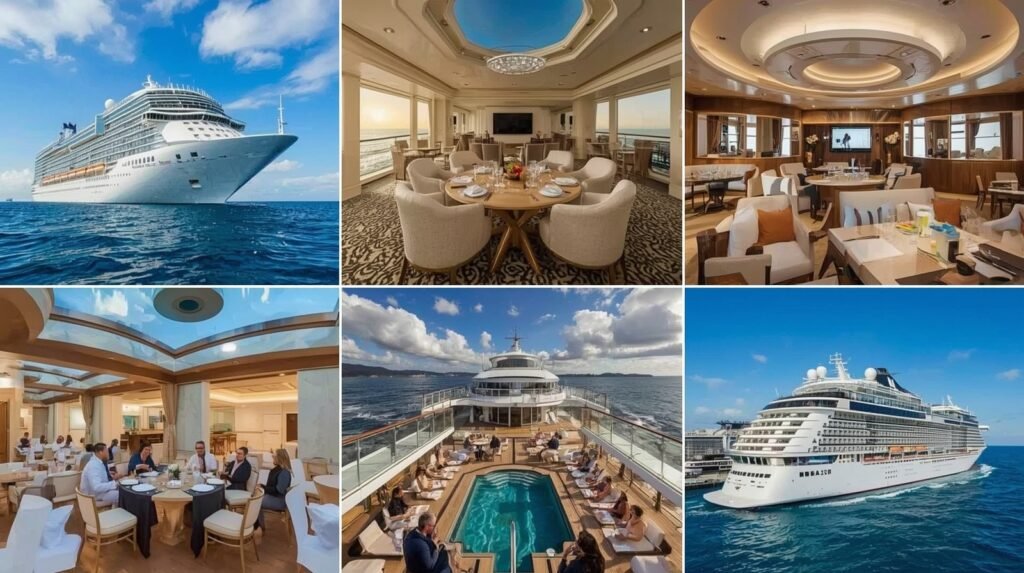The luxury industry, known for its exclusivity, timeless appeal, and craftsmanship, is increasingly becoming intertwined with cutting-edge technology. From high-tech fabrics in fashion to AI-powered customer experiences. The luxury world is embracing technological advancements in ways that are reshaping how we understand luxury. But what technology is truly shaping the luxury world today? Let’s explore the key innovations that are enhancing luxury products and services across various sectors.
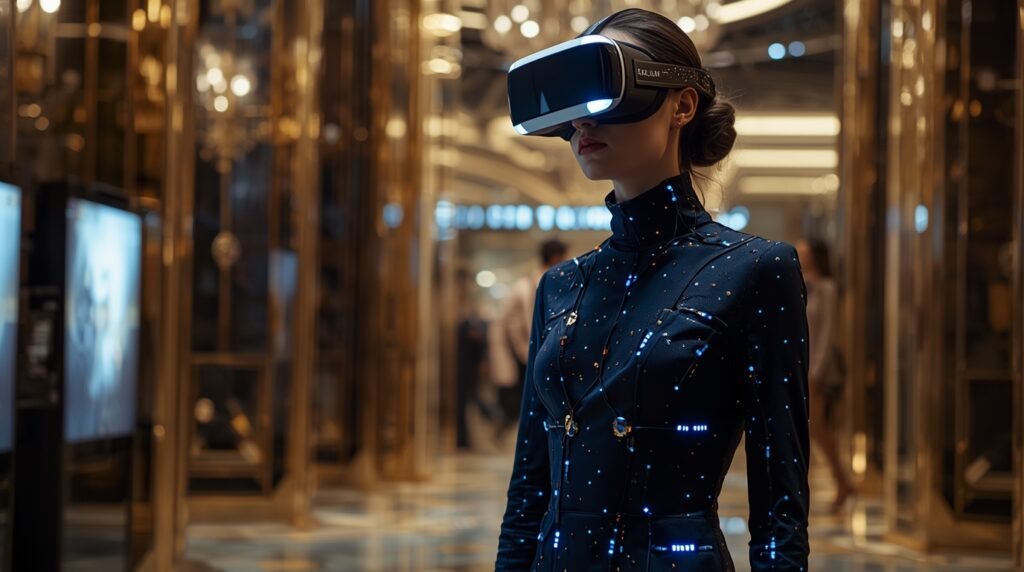
The Role of Artificial Intelligence in Luxury
Artificial intelligence (AI) has made a significant impact on luxury industries, offering opportunities to personalize customer experiences. Enhance product design, and predict trends. In the world of fashion, for instance, AI is being used by designers to analyze consumer preferences and create designs tailored to specific tastes. Brands are also using AI to optimize their supply chains. Ensuring that products are available at the right time and place.
AI’s role in luxury extends beyond design and manufacturing. Luxury brands are using AI-powered chatbots to provide personalized shopping experiences and customer service. For example, AI-driven systems can recommend products based on previous purchases, browsing history, or even analyze social media data to predict emerging trends.
Moreover, AI is also transforming the way luxury goods are marketed. With advanced data analytics, brands can deliver more effective advertising campaigns, reaching the right audience at the right time.
High-Tech Fabrics and Smart Clothing
One of the most exciting technological advances in the luxury world is the rise of high-tech fabrics and smart clothing. Luxury fashion brands are incorporating materials with advanced properties into their collections. These materials include fabrics that can change color, adjust temperature, or even monitor the wearer’s health.
For example, smart fabrics, which are embedded with sensors, can track the wearer’s heart rate, body temperature, and even their stress levels. This type of clothing, often referred to as “wearable tech,” brings fashion and functionality together. Allowing luxury brands to create clothing that not only looks good but also offers health and wellness benefits.
Additionally, 3D printing technology is being used to create customized garments and accessories. By using 3D printers, designers can craft intricate, one-of-a-kind pieces with minimal waste, offering a new dimension of creativity and sustainability.
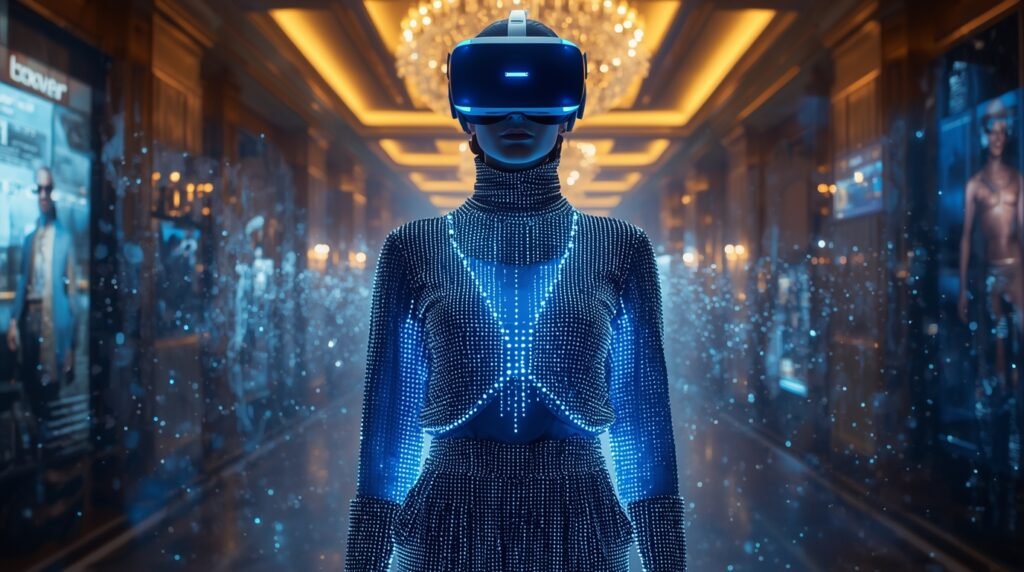
Virtual Fashion and the Metaverse
The rise of the metaverse is another technological trend that’s transforming the luxury world. Virtual fashion, which allows users to dress digital avatars with luxury clothing in virtual environments, has gained significant traction. In the metaverse, luxury brands are creating virtual stores where consumers can purchase digital clothing and accessories for their avatars.
Virtual fashion offers brands an opportunity to reach a younger, tech-savvy audience that values digital expression. It also allows for greater creativity, as virtual designs are not limited by the constraints of physical production. Luxury brands like Balenciaga and Gucci have already ventured into the world of digital fashion. Creating exclusive virtual collections that cater to this new form of self-expression.
What Technology: Blockchain Technology and Luxury Goods
Blockchain technology, known for its role in cryptocurrency, is also making waves in the luxury industry. Blockchain’s ability to provide transparency and traceability is particularly valuable in sectors like luxury watches, jewelry, and art. With blockchain, luxury goods can be tracked from the moment they are produced to when they are sold, ensuring authenticity and preventing counterfeiting.
For instance, luxury brands are using blockchain to create digital certificates of authenticity for high-end watches and rare jewelry. These certificates are tamper-proof and can be accessed by consumers and collectors to verify the authenticity of the product.
The Impact of Augmented Reality on Luxury Shopping
Augmented reality (AR) is revolutionizing how consumers experience luxury shopping. AR technology allows customers to visualize how products. Such as clothing, accessories, or even furniture, will look in their own space or on their body before making a purchase.
Many luxury retailers are adopting AR technology in their apps and websites. Enabling customers to try on clothing virtually, view products in 3D, or place furniture in their homes using their smartphones or AR glasses. This technology enhances the shopping experience, making it more immersive and interactive. Which is especially important in the luxury market, where personalized experiences are highly valued.
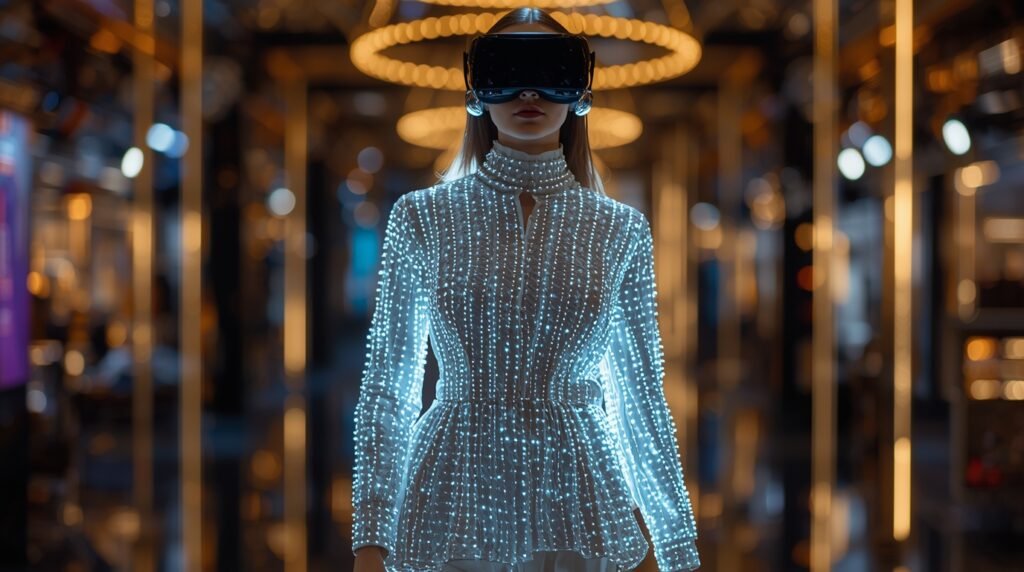
Sustainable Innovations in Luxury Technology: “What Technology”
Sustainability is an increasingly important consideration for luxury brands, and technology is helping companies meet the growing demand for eco-friendly products. From sustainable materials to eco-conscious manufacturing processes, luxury brands are using technology to reduce their environmental footprint.
For example, 3D knitting technology allows brands to produce clothing with minimal waste, as garments are made from a single piece of fabric rather than multiple pieces that are sewn together. Similarly, digital fabric printing technologies enable designers to create custom patterns and designs on fabric without using harmful dyes, which helps reduce water waste and chemical pollution.
Blockchain is also being used to track the carbon footprint of luxury products, providing consumers with transparency about the sustainability of their purchases. Luxury brands that embrace these sustainable innovations not only reduce their environmental impact but also appeal to a growing consumer base that prioritizes ethical consumption.
The Rise of Digital Luxury Experiences
As the digital landscape continues to evolve, luxury brands are increasingly offering virtual experiences to enhance their customer service. For example, some high-end retailers are offering virtual personal shopping assistants that can guide customers through their shopping experience and provide tailored recommendations.
These virtual experiences are made possible by advancements in AI and virtual reality (VR). By creating personalized, immersive digital experiences, luxury brands can offer exclusive services to customers, further elevating the luxury experience.
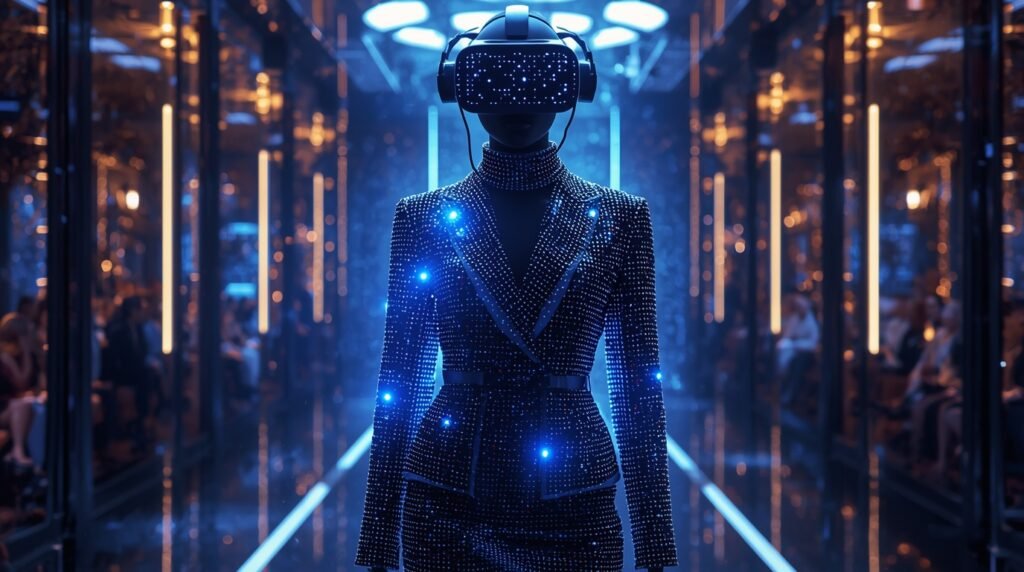
The Role of What Technology in Smart Homes in Luxury Living
Technology has also made its way into the luxury real estate market. Smart home technology allows homeowners to control lighting, temperature, security, and entertainment systems with a simple voice command or smartphone app. Luxury homes are now being designed with cutting-edge technology that enhances convenience and security, while also improving energy efficiency.
For example, luxury properties now feature smart kitchens with appliances that can be controlled remotely, home security systems that use facial recognition, and energy-efficient heating and cooling systems that adjust automatically based on the homeowner’s preferences. These innovations are making luxury homes not only more comfortable but also more sustainable and secure.
Conclusion
The intersection of technology and luxury is transforming the industry in exciting and innovative ways. From AI-powered designs to sustainable fabrics and virtual fashion, technology is enhancing every aspect of luxury, from the products themselves to the customer experiences surrounding them. As the world of luxury continues to evolve, it will be fascinating to see how new technologies will shape the future of high-end fashion, real estate, and lifestyle. One thing is certain—technology is here to stay, and it’s redefining what luxury truly means.

